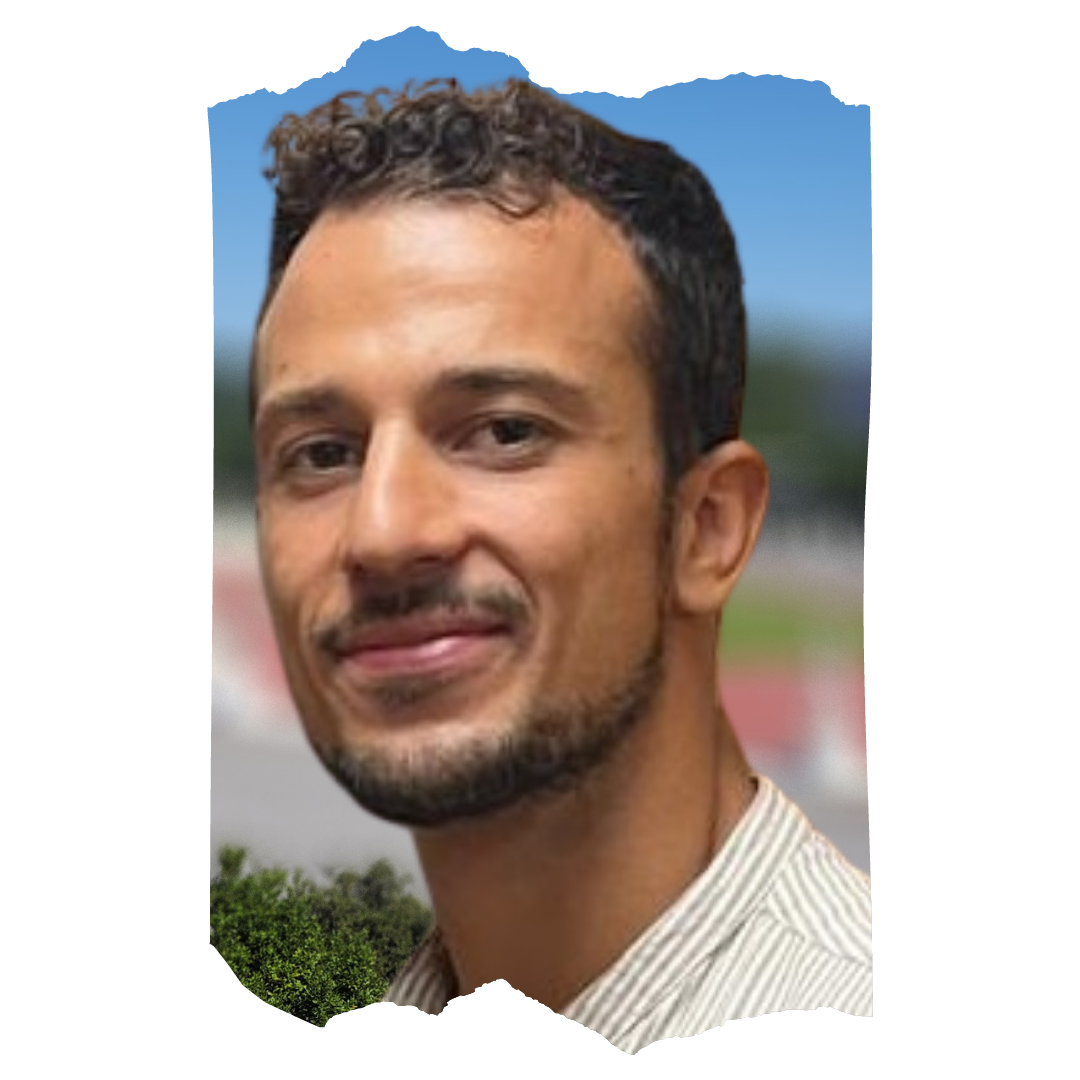
How to process para-power lifting data
Paralympic sport performance is the highest critical level of individualization in human motor actions within the sport context. Each Paralympic athlete owns an individual profile which embodies personal skills and disability-related impairments, the performance model for the given sport and the relationship between these two. Identifying and understanding the motor strategy adaptation associated with the athlete’s functional capacities is fundamental for both athletes and coaches to implement better training routines and improve performance. Measuring muscle activity using electromyography is a powerful tool to investigate the neuromechanical mechanisms underlying the individual athletic profile. This lecture will address the practical applications of electromyography while considering its limitations and explain how this technique can unveil individual aspects of sport performance in Paralympic athletes.
Lorenzo Rum - Biosketch
Lorenzo Rum was awarded his BSc (2013), MSc (2015) and Ph.D. in Human Movement and Sport Sciences (2019) by the University of Rome “Foro Italico”. He is currently holding a research fellow position at the University of Rome “Foro Italico”. His research interests span from postural and balance control in older people and people with musculoskeletal disorders to Paralympic classification research, with special attention to the neuromechanical aspects of motor control. Since 2020, he is collaborating with the Scientific Department of Italian Joint Veteran Center, working on the use of wearable sensors in sports for persons with disability.
